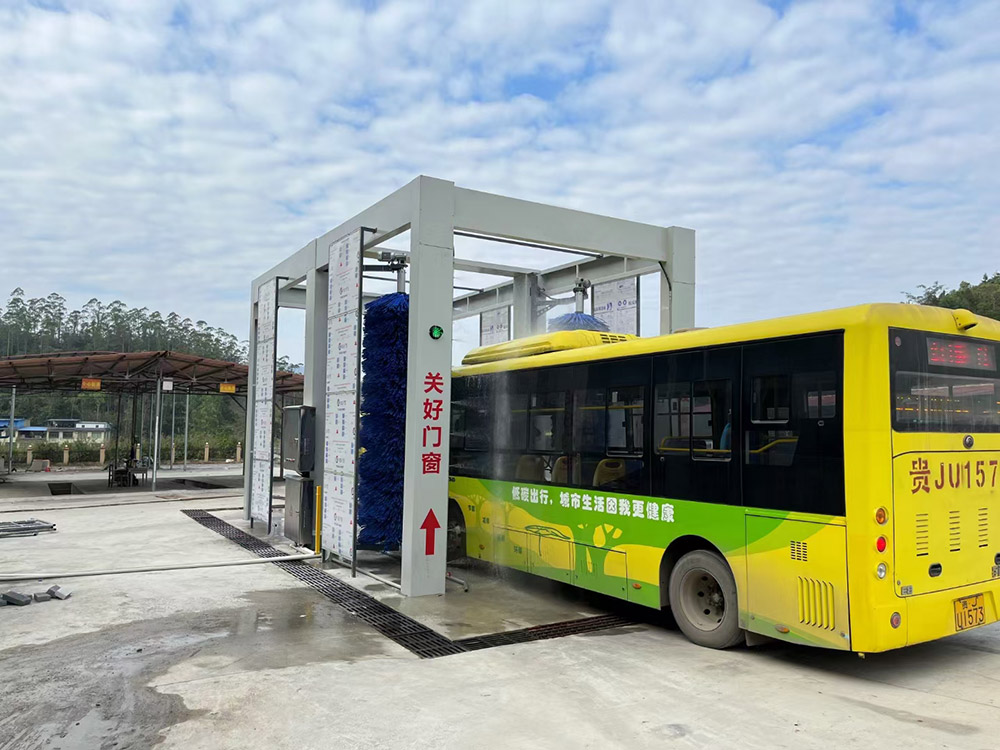Whether you’re a fleet manager maintaining 50 trucks or a DIY enthusiast cleaning your pickup, selecting the right wheel washer requires balancing technical specs with real-world needs. This guide breaks down the critical factors to avoid costly mistakes and ensure your investment delivers consistent results.
1. Start with Your Specific Use Case
The first step isn’t browsing products—it’s defining how you’ll use the washer. For commercial operations (e.g., construction fleets, delivery vans), prioritize high-pressure, high-flow models that handle heavy grime (mud, oil, road salt) quickly. Residential users can opt for compact, portable units that store easily and work with standard home outlets.
Key questions to answer:
What’s the largest wheel size you’ll clean? (18-inch truck wheels need more reach than 15-inch car wheels.)
How many wheels will you clean per session? (Commercial use demands durability; residential use focuses on convenience.)
Where will you use it? (Indoor garages need low-noise models; outdoor use requires weather-resistant construction.)
2. Understand Core Technical Specifications
Don’t get swayed by marketing jargon—focus on these non-negotiable specs:
Pressure Rating (PSI)
PSI (pounds per square inch) measures cleaning power. For light residential use (car, small SUV wheels), 1,500–2,000 PSI suffices. Heavy-duty commercial use (semi-trucks, construction equipment) needs 3,000–4,000 PSI. Avoid overbuying: a 4,000 PSI unit is overkill for a sedan and wastes energy.
Flow Rate (GPM)
GPM (gallons per minute) determines how quickly water rinses away dirt. Pair PSI with GPM for optimal performance: a 2,000 PSI/1.5 GPM unit cleans better than a 2,500 PSI/1.0 GPM model. Aim for 1.2–2.5 GPM for residential use and 2.5–4.0 GPM for commercial.
Power Source
Electric: Quiet, lightweight, and ideal for residential garages (110V) or small shops (220V). Limited mobility (tethered to an outlet).
Gasoline: Portable, powerful, and best for remote sites (no outlet needed). Louder and requires fuel maintenance—skip for indoor use.
3. Compare Wheel Washer Types
Handheld Units
Compact and affordable (\(50–\)200) for occasional residential use. Good for spot-cleaning but tiring for full wheel sets. Look for ergonomic handles and adjustable nozzles.
Wheeled Portable Washers
More powerful (\(200–\)800) with wheels for easy maneuvering. Perfect for homeowners or small businesses. Choose models with removable detergent tanks for added convenience.
Stationary Commercial Washers
Heavy-duty (\(1,000–\)5,000) with fixed installation (often plumbed to water lines). Designed for high-volume use, with features like heated water (cuts through grease faster) and automatic shutoff.
4. Don’t Overlook Key Features
Nozzle Options: A 0° pinpoint nozzle blasts tough grime; a 40° fan nozzle covers large areas gently. Look for quick-connect nozzles to switch easily.
Detergent Compatibility: Many washers have built-in tanks for wheel-specific cleaners (avoid acidic detergents that damage aluminum wheels).
Safety Features: Thermal overload protection (prevents overheating) and GFCI plugs (critical for electric models) are must-haves.
5. Final Tips for Smart Shopping
Read user reviews on Amazon or Home Depot to learn real-world durability. Check warranty length (2–5 years for commercial models, 1–2 years for residential). For commercial buyers, test a demo unit to ensure it handles your wheel size and grime level.
Choosing the right wheel washer boils down to matching specs to your use case. By focusing on PSI, GPM, and features that matter, you’ll get a tool that cleans effectively and lasts for years.





